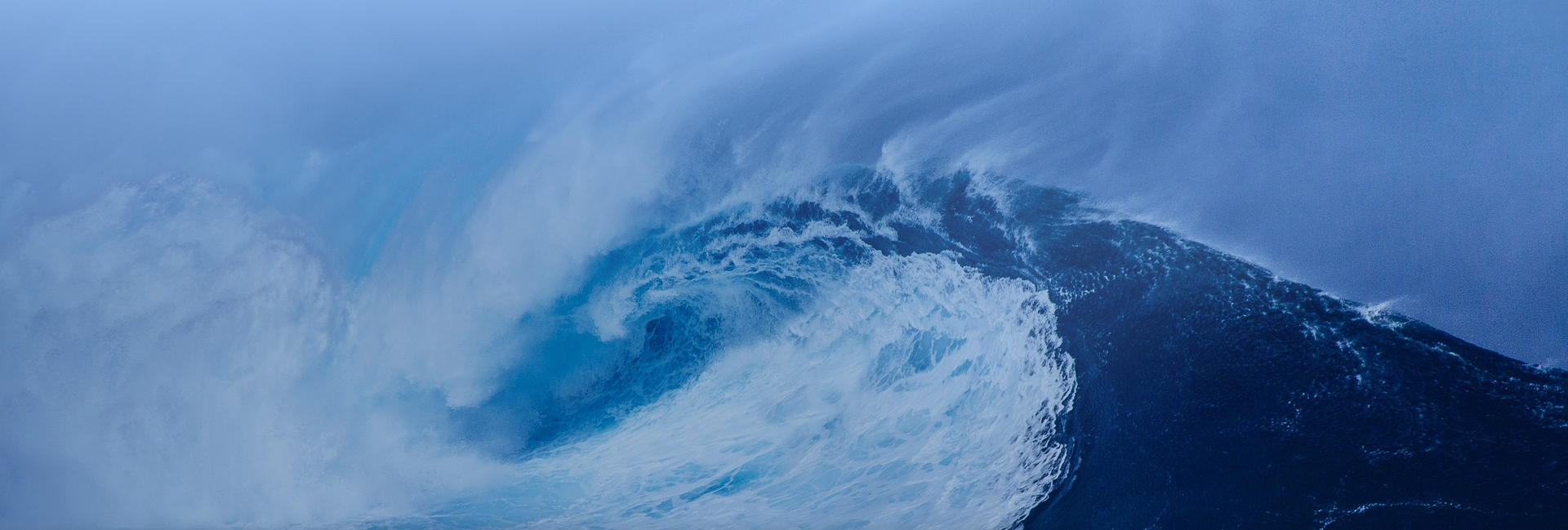Protecting the high seas is an important step for humanity
The high seas cover nearly half of the Earth's surface area and 64% of the global ocean surface area. However, such vast and important geospatial resources have previously lacked effective international public governance and faced severe ecological damage pressure.
However, the "historic" agreement reached recently by nearly 200 member States of the United Nations on protecting the biodiversity of the global high seas may write a new chapter that will change this situation.
one
On the evening of March 4th local time, after nearly 20 years of negotiations, nearly 200 member States of the United Nations reached an agreement on the final text of a legal framework for the protection of marine biodiversity on the high seas.
The high seas refer to the sea areas beyond the 200 nautical mile limit of the exclusive economic zone of coastal States (from the deep seabed to the sky) and beyond the limits of the continental shelf of each country (i.e., 370 kilometers from the coast).
The goal of the High Seas Biodiversity Treaty is to designate 30% of the world's oceans as protected areas by 2030, seek to establish large-scale marine protected areas on the high seas, and impose restrictions on exploration activities such as fishing, shipping routes, and deep-sea mining. The treaty also requires, for the first time, to assess the impact of economic activities on the biodiversity of high seas marine protected areas in order to protect and restore marine ecology.
According to the treaty, developing countries will have the opportunity to obtain the transfer of marine technology from developed countries in order to better participate in and implement the new treaty. In addition, several countries have made commitments to provide funding for the conservation of biodiversity on the high seas, involving a total amount of approximately $18 billion.
The Secretary General of the United Nations, Antonio Guterres, issued a statement that night saying that the agreement on the final text mentioned above is of "historic significance" and represents a "breakthrough" in the relevant negotiations that began in 2004, and is of great significance in resolving the three major crises facing the world - climate change, biodiversity reduction, and pollution.
Guterres said that the finalization of the text of the "High Seas Treaty" is crucial for achieving the goals and specific indicators related to oceans in the 2030 United Nations Sustainable Development Agenda and the "Kunming Montreal Global Biodiversity Framework". The "Framework" sets the goal of protecting at least 30% of the global land and oceans by 2030.
two
The oceans play a decisive role in the global environment and ecological balance, and the high seas, which account for more than 60% of the global ocean area, can be called "pulling the trigger and moving the whole body" for the Earth's ecology.
For example, plankton living in the oceans are responsible for half of the photosynthesis activity on Earth, and a significant portion of this activity occurs in the high seas; In addition, the high seas mitigate the impact of climate change by absorbing carbon, storing solar radiation, and distributing heat globally.
In addition, although the current development of marine biological resources by humans is mainly in the coastal and offshore areas, the supplement of marine biological resources and genetic material mainly relies on the rich biodiversity resources in the high seas, especially in the open seas. Once the ecological environment of the high seas is damaged, the complementary chain of offshore organisms will break down.
However, the vast open sea has also been plagued by human activities for many years.
Studies have shown that since the 1980s, the oceans have absorbed 20 to 30% of anthropogenic carbon dioxide emissions, which has led to ocean acidification and adversely affected the distribution and reproductive development of marine species.
It is estimated that over 60% of coral reefs worldwide are threatened by ocean acidification, ocean warming, and other man-made events. As the oceans continue to warm and become acidified, the frequency of large-scale coral bleaching events continues to increase.
Overfishing is another issue that threatens marine biodiversity. According to the latest data from the World Conservation Union, in the latest assessment of global marine species, nearly 10% of marine species are at risk of extinction. Due to imperfect fishing management on the high seas, overfishing has also occurred, such as the current stock of bluefin tuna stocks in the Pacific Ocean, which is only 3% of the historical level.
three
Compared to the offshore waters belonging to the territorial waters of various countries, the international community has a much lower degree of governance and protection for the high seas. It is reported that currently, only 1.2% of the global high seas are protected, and only 0.8% are identified as "highly protected".
After the 1990s, with the increase of human activities related to the sea, the pressure on the resources and environment of the high seas has increased. With the establishment of coastal countries' exclusive economic zones, archipelagic waters, and other areas under national jurisdiction, a large number of oceangoing fishing vessels have to shift to the high seas beyond national jurisdiction, resulting in a surge in fishing pressure on the high seas; In addition, with the development of marine exploration technology and the improvement of equipment level, exploration activities for deep-sea mineral resources have increased, which also has an increasing impact on the ecological balance of the high seas.
However, while the marine living habitats of the high seas are threatened in many ways and the marine environment is deteriorating continuously, due to the special legal nature of the high seas, existing international regulations cannot meet the increasingly severe demand for governance of the high seas, prompting various forces of the international community to actively promote the adoption of new management measures and means to regulate various activities related to the development and utilization of marine space and resources, Avoid irreversible damage to fragile high seas habitats caused by disorderly development.
In the 21st century, the protection of marine biodiversity beyond national jurisdiction has received high attention from the international community. Since 2002, the United Nations World Summit on Sustainable Development has adopted resolutions that set two goals: eliminating illegal fishing on the high seas and establishing plans for high seas protected areas.
The final text of the High Seas Biodiversity Treaty reached this time aims to fill the gap in high seas marine protected areas. Analysts say this is crucial to achieving the global biodiversity commitments made by countries at the 15th Conference of the Parties to the United Nations Convention on Biological Diversity, held in Montreal last December.



